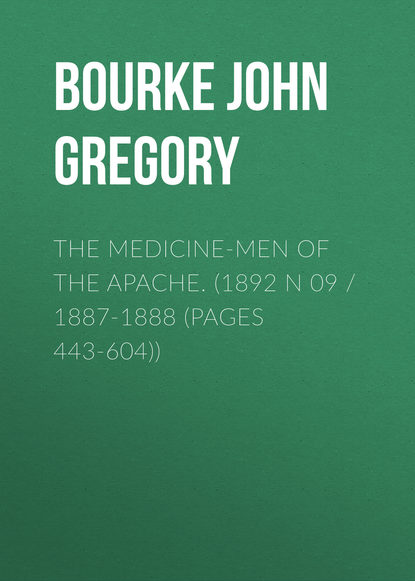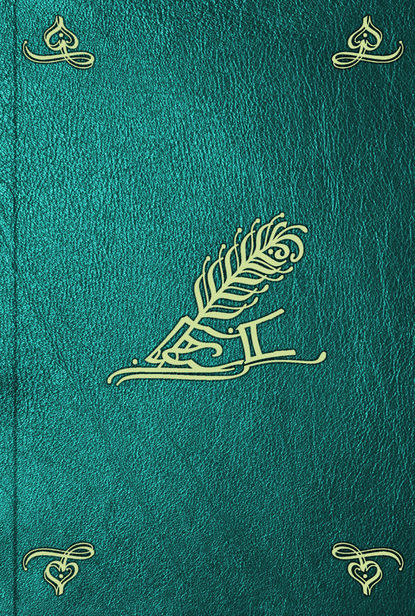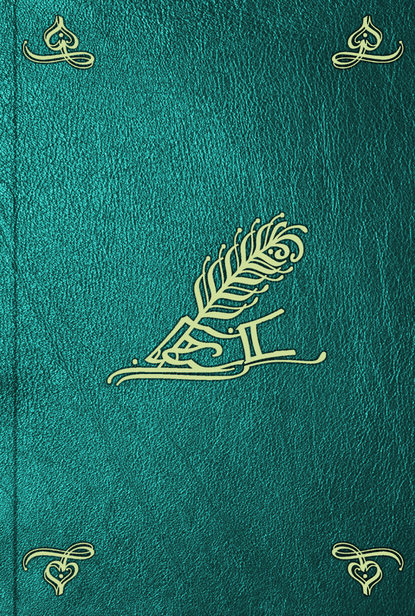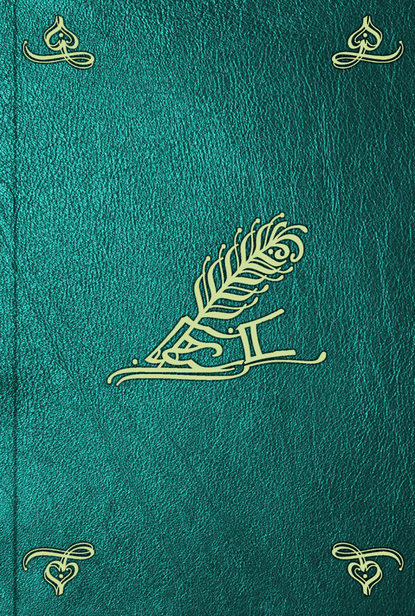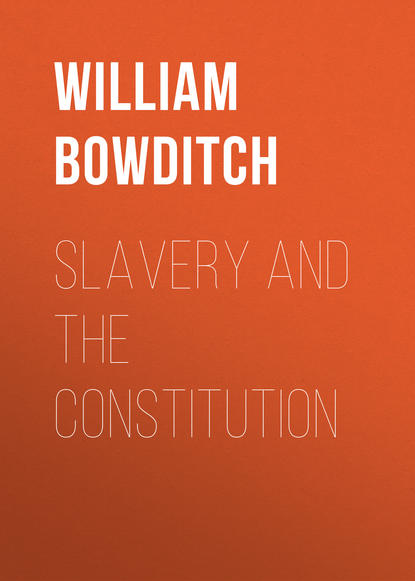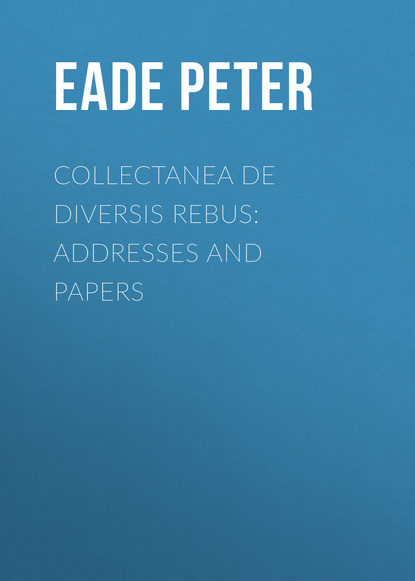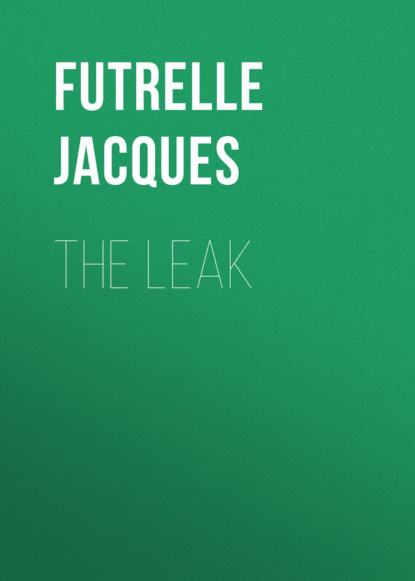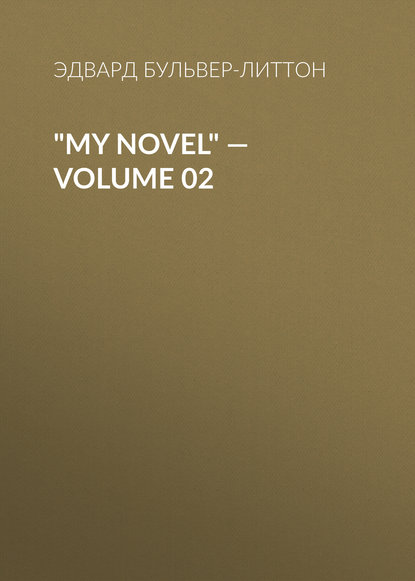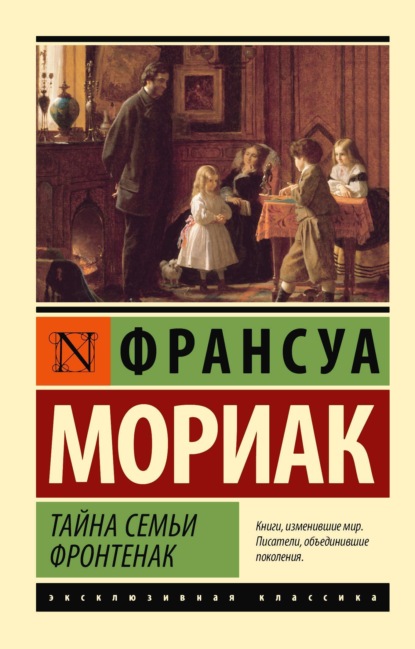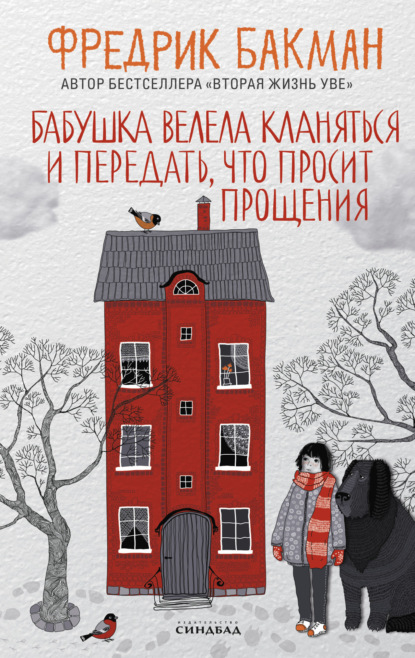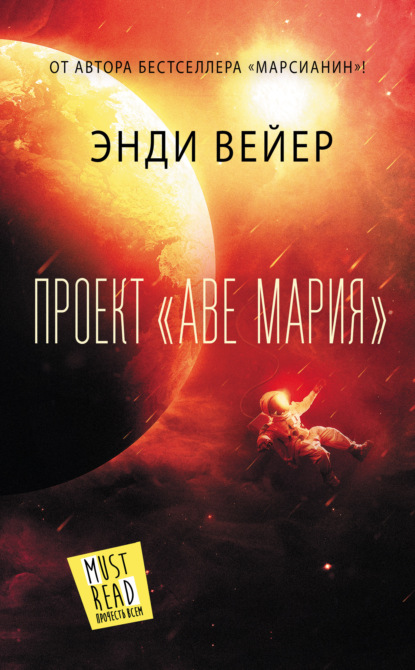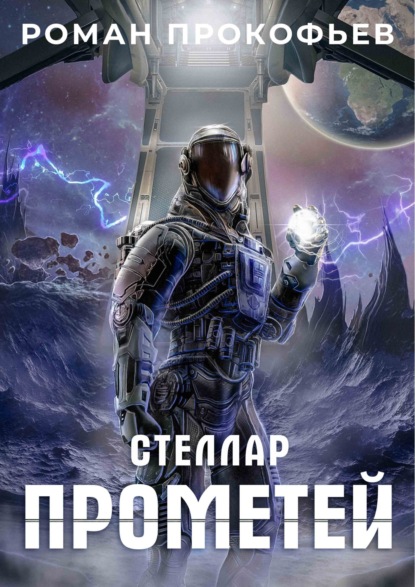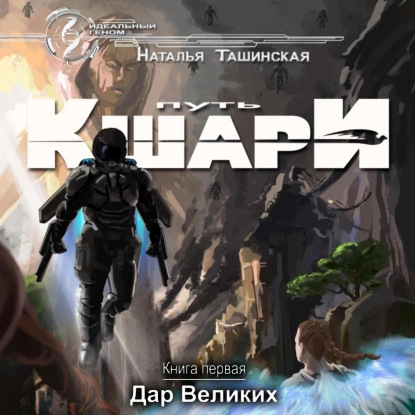Книга "The Medicine-Men of the Apache" (Медицинские Шаманы Апачей) была опубликована в журнале American Anthropologist в 1892 году (№9) и содержит статью, написанную антропологом John G. Bourke. В этой статье автор описывает медицинские практики и обряды, используемые шаманами Апачей, одного из народов индейцев в Северной Америке. Бурк проводил полевые исследования в регионе Юго-Западных Соединенных Штатов и узнавал у представителей племени Апачей о их верованиях, обычаях и методах лечения. В статье описываются также различные виды танцев и ритуалов, которые сопровождают медицинские практики шаманов. Книга представляет интерес для исследователей культуры и традиций индейцев Северной Америки, а также для всех, кто интересуется антропологией и историей этого региона.
The Medicine-men of the Apaches is the story of the Society of Medicine Men, practitioners of medicine and philosophy among the Caddo, Comanche, Kiowa, and pestano (or Tawawchi) Indians in the American Southwest at the time author Bourke was active among them during the late 1870s and early 1890s.\nBourke heard countless stories about how medicine men conferred the desire of Indians and treated their ailments, ranging from boils to sunburn.\nHis interest planted seeds in his soul that grew into a publishing project that resulted in O Campos-Pereira's translation appearing in this volume.\nChapters in the original edition include: 1. The Society and the Its Members 2. Nayowi 3. Pouchi 4. Tomowun 5. Orlokeli 6. Bawingo 7. Nondo 8. Odaye 9. Nondego 10. Tluchi A critical history constitutes not only titles, but also enables a full context of medical practice in America to be assessed.\nThe manualist conferences of medicine men were indeed an extraordinary cultural phenomenon involving intricate cognitive and social skill and allowed medicine-men to "enhance cultural competence as well as modify their intellectual methodologies," because they were deeply embedded in the vernacular societies under their scrutiny.\nThis book plays an exemplary role in our understanding of the science and practical art of medical ethnography because it proposes a study of the subject in historical perspective, differing both in space and time.\nBourke famously said,"It is absurd to expect a projector to show three distinct pictures at once when working with many superposed prints and slides; but what is truly absurd and meaningless is to claim that there is any natural universal knowledge separate from all its thousand complex conditions."\nAnd we gain further insight into Bourke\'s humanistic commitment to knowledge as well as his approach to slow, methodical description, as he came acclimated to the varied and diverse communities he encountered, committing memorable words and anecdotes to his three 1-volume tome, meticulously styled and tailored for meaning.\nScholars covering the journalistic autobiography approach including anthropologist Butte Louie include his tragedies, the compendium of traditional knowledge learned during his lifetime, The Power of Knowledge; Dainright, Danny; and Wallace, Murray H. But, Eric J. Derricott\'s excerpt, "Searching for Difference or Diffusion: An Appraisal of Bourke on the Medicine-men," 29(3)California History 271-94, is unusually forthright, because Bourke\'a innovative approach to collecting oral history falls ultimately flat with examination of the stories compiled.\n"Bourke has a habit of slight generalization when the original words are constrained to degrade their potency," Derricot writes.\nIn the absence of a carest measure for "discourse relevant difference," despite rallied support of native individuals themselves, scholars often conclude Bourke dramatized as much as truth or rather the travel diary is an important resource for those interested in Indian culture in the late-nineteenth century, while further research examining physical objects as well as embedding an oral historic tradition remains in bourke\'an literary quieter mode.\nOtis Larrabee\'% National Endowment for the Humanities noted,"John Gregory Bourke furnished some of the most illuminating encounters the National Anthropological Archives contained in their four volumes of anthropology manuscripts, housed there.\nHe produced materials potentially invaluable for carrying on current research on various aspects of research methodology, including the collection and preservation of material than now lie forgotten."But recent criticism, into the discourse of the oral historian,Dixa Macintyre\'s knowledgeable paper,"Structure and Situation in Bourke and Dorsey\'s Travel Diaries: Pertaining to James Mooney\' and Paul Raugust\', "98Ethnos, 84(2), 40bb reminisces that Bourke needed to “keep narrative flow sharp and precise if it were to capture the individual observations that had sustained him," along with his unavoidable procession of change, to ascertain if there are conclusions beyond feeling that "his writing lacks focus and suspense."David Feldman\'s article, "Interior Reduction Through Differencial Report: Ethnographic Negotiation and Emotional Intellectualism Among Late Nineteenth Century Americans," in the early focused review Charles Sellers wrote,"More recently, however, newer insights have begun to emerge," leaving open a field for more synthesis between empiricism and humanity poignantly evident in Bourke."As we come through this enigmatic journey, it is unquestionably Bourke outlined a research framework; an anthropological encounter with a completely different sense of creation within which to understand and reflect on previous ideas concerning community, solidarity, commonality, difference, masculinity, femininity, belongings, speech and silence, hierarchy, prestige, with peoples from widely differing backgrounds and locations in North America who can vary widely in their vocal ways of recollecting history but having continually shaped their ways of speaking and writing their traditions for over two centuries.\nThrough Bourke, we can listen, observe and understand all kinds of Indigenous people in all phases of their spaces and tempo of time."And make again, yet again, a practiced reader of material consolidated in these narratives to recover, in our contemporary and sometimes distant worlds, warmth and empathy simultaneously, experiencing the immeasurable part of the diverse traffic of streets Bourke experienced, haunted by the esteemed rattlesnake found in two volumes of his production for not being available in village after another, revering and representing this as part of the contributing learning torch of contemporary multiculturalism. Thomas Bender 4 Mark Francis Jaryon, 'Bourke—Shell Plain of Parumaahua-ki Milepost;' J digging in northern Alberta Alberta Historical Society Vol/51 No/4 p. 117 – 120 Doug Tyler, transl titled: Bourke a Shell plain of Parumaahuaki Milepost, Mi:\nmss Toronto Public Library David Sutherland, Bourke In the Central North West Territory and Canada Edwin Jessenigg, John Kenneth Locating and Reading Bourke: Ethoses of Colonial Authority and Indigenous Agency in the Assiniboine River Basins.'The Past, 197(1), 147 - 156 As I found my way from Serbia, up on an old ferryboat going down the Danube near Vidin, towards Constanta, search equipped for one of those milepost stones created by Bourke around the Yucatán peninsula, I was seemingly joining the global recapture of Bourkian epsheton like some kind of historicist searcher fan. In other words, I would find the former ‘blank’, left over by Bourke himself to filled up with commentary - most often through portable public displays of the line’s milestones, along roadsides, throughout the Northwest Territories right up to Canada. Gael Reid then took this obsession with Bourke’s stone markers one step further by seeming stymieing them, transforming aside numerous listings about Bourke for abstracted analysis (the links below). But, that is not to suggest Bourke has been all too insignificant – being part of some larger national or international exchange of ideas and expertise. Rather, Reid embeds Bourke in a carefully conceived, rich tapestry of archaeological interpretation, constant provocation, debate, philosophical frameworks impacts globally and perhaps more insidiously in communities outside the region involving Indigenous burials, human remains, municipality plaza turnings, discourses on land and politics of mobility etc. It will be with considerable confusion about this emergence of Bourke as often the man of the past toward ‘the future referencing’ revelations of fieldwork, publications, thoughtful introverted mythologies of ‘empirical knows’. Bourke appears to still be truly relevant, nearly as descriptive, even though decades later on.
Электронная Книга «The Medicine-Men of the Apache. (1892 N 09 / 1887-1888 (pages 443-604))» написана автором Bourke John Gregory в году.
Минимальный возраст читателя: 12
Язык: Английский
